Description
IoT Based Smart Home Automation Using NodeMCU
In today’s rapidly evolving technological landscape, the concept of smart home automation has gained immense popularity. With the advancement of the Internet of Things (IoT), it has become increasingly feasible to control various household devices remotely, ensuring convenience, security, and energy efficiency. One of the most innovative solutions for implementing smart home automation is through the use of the NodeMCU microcontroller, a versatile and cost-effective platform based on the ESP8266 Wi-Fi module.
What is NodeMCU?
NodeMCU is an open-source platform that combines hardware and software to facilitate IoT projects. It features the ESP8266 chip, which allows for wireless communication via Wi-Fi, enabling users to connect and control their devices over the internet. The platform supports the Lua script programming language, which simplifies coding for developers, and it can also be programmed using the Arduino IDE, making it accessible for hobbyists and professionals alike.
Key Features of IoT Based Smart Home Automation
- Remote Control: One of the standout features of an IoT-based smart home automation system is the ability to control devices remotely through a smartphone or computer. Users can turn lights on or off, adjust thermostat settings, or check security cameras from anywhere in the world, provided they have internet access.
- Real-Time Monitoring: The NodeMCU system can be integrated with various sensors (temperature, humidity, motion, etc.) to provide real-time monitoring of the home environment. For example, a temperature sensor can relay data to the user’s device, allowing them to make informed decisions about heating or cooling.
- Automation and Scheduling: Users can set schedules for their devices. For instance, lights can be programmed to turn on at sunset and off at sunrise, or appliances can be automated to operate at off-peak electricity hours to save on utility bills.
- Voice Control: With the integration of voice assistants like Amazon Alexa or Google Assistant, users can control their smart home automation system using voice commands, providing a hands-free and convenient way to manage devices.
- Enhanced Security: The system can incorporate security features such as surveillance cameras, motion detectors, and door sensors, allowing users to monitor their home remotely and receive alerts if suspicious activity is detected.
Applications of IoT Based Smart Home Automation
- Lighting Control: Users can control indoor and outdoor lighting systems remotely. Smart bulbs can be programmed to change colors, dim, or brighten, enhancing the ambiance of the home for various occasions.
- Temperature Regulation: Smart thermostats can be controlled remotely, allowing users to adjust heating and cooling systems based on real-time temperature readings and their preferences. This not only increases comfort but also contributes to energy savings.
- Home Security: Smart cameras and motion sensors can be installed to monitor the premises. Users can receive notifications on their smartphones whenever motion is detected or when a door is opened.
- Appliance Control: Users can control major appliances such as washing machines, refrigerators, and coffee makers. For example, one can start the washing machine while away from home or receive alerts when the refrigerator door is left open.
- Irrigation Systems: In smart gardens, soil moisture sensors can be utilized to automate irrigation systems. This ensures plants receive the right amount of water without overwatering, promoting efficient water usage.
Setting Up the System
Setting up an IoT-based smart home automation system using NodeMCU involves a few key steps:
- Hardware Requirements: Gather necessary components such as the NodeMCU board, relays (for controlling appliances), various sensors (temperature, humidity, motion, etc.), and connecting wires.
- Software Installation: Install the Arduino IDE and the required libraries for NodeMCU. This environment allows users to write and upload their code to the microcontroller.
- Coding: Write the program to control the devices and sensors. This code will define how the system responds to inputs and commands.
- Mobile Application Development: Develop a mobile application or use existing IoT platforms that support NodeMCU to provide a user interface for controlling devices and monitoring the system.
- Testing: After setting up, thorough testing is crucial to ensure all components function as intended. This may involve checking the connectivity, response times, and the effectiveness of the automation features.
Conclusion
The IoT-based smart home automation system using NodeMCU represents a significant leap forward in creating smarter, more efficient living environments. By leveraging the power of IoT, users can enjoy increased convenience, enhanced security, and significant energy savings. As technology continues to evolve, the potential for smart home automation systems to further integrate with smart technologies will only increase, paving the way for homes that cater to the modern lifestyle. Whether you are a tech enthusiast or someone looking to simplify your daily routines, investing in an IoT-based smart home automation system can be a transformative experience.
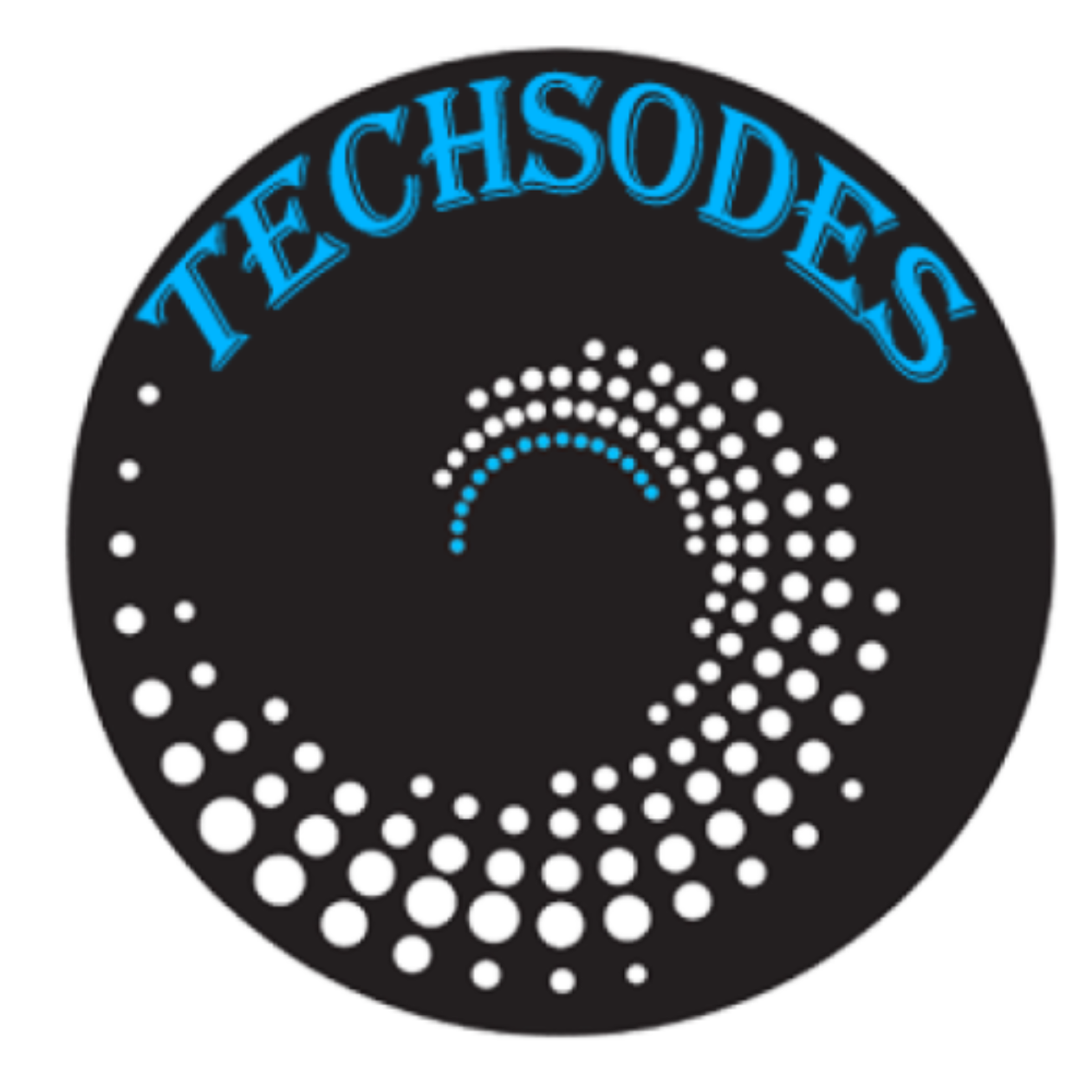

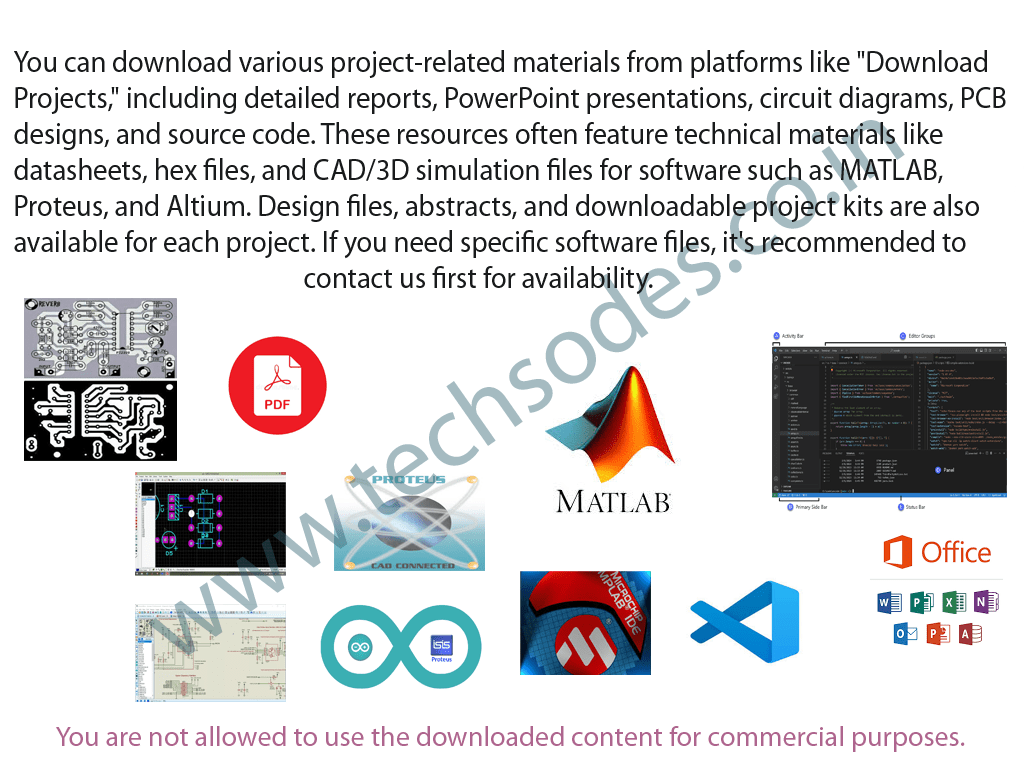
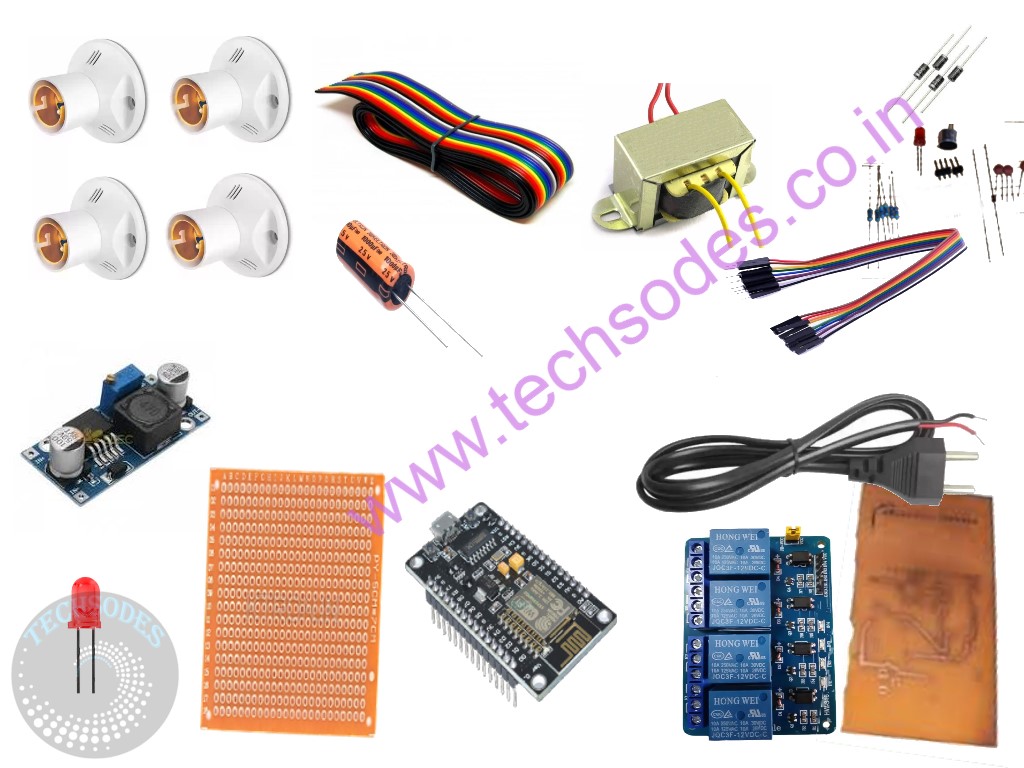
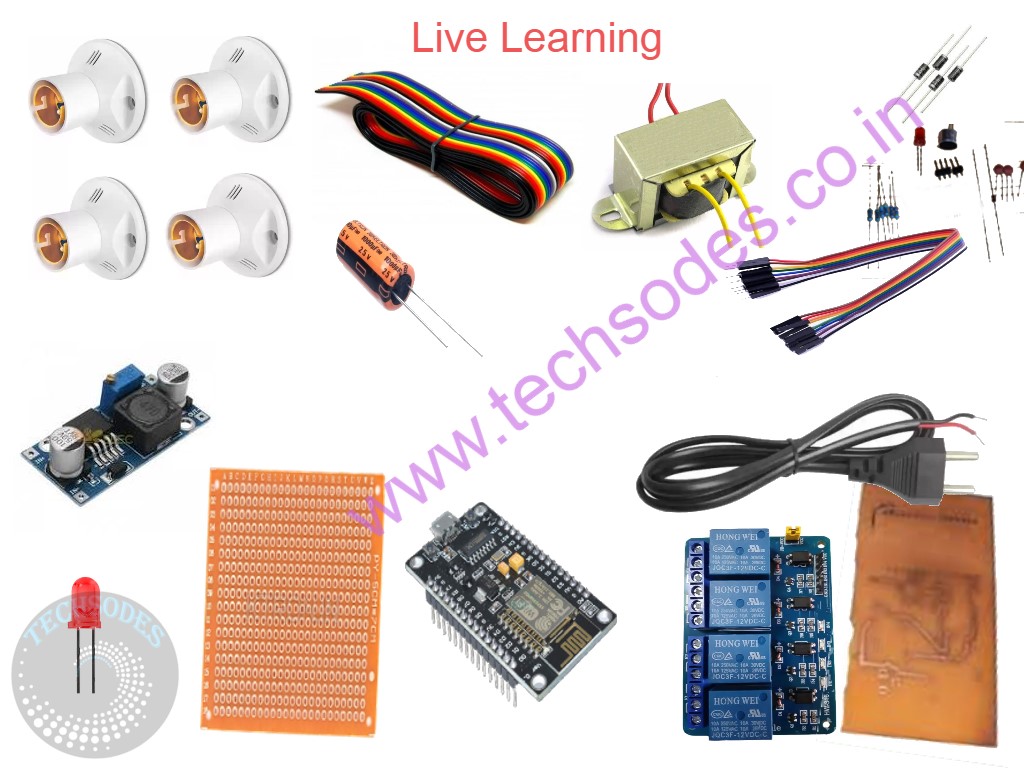






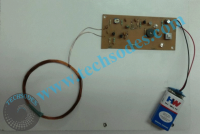

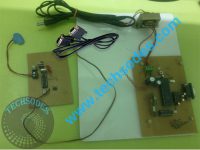
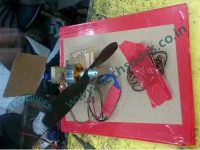

Reviews
There are no reviews yet.